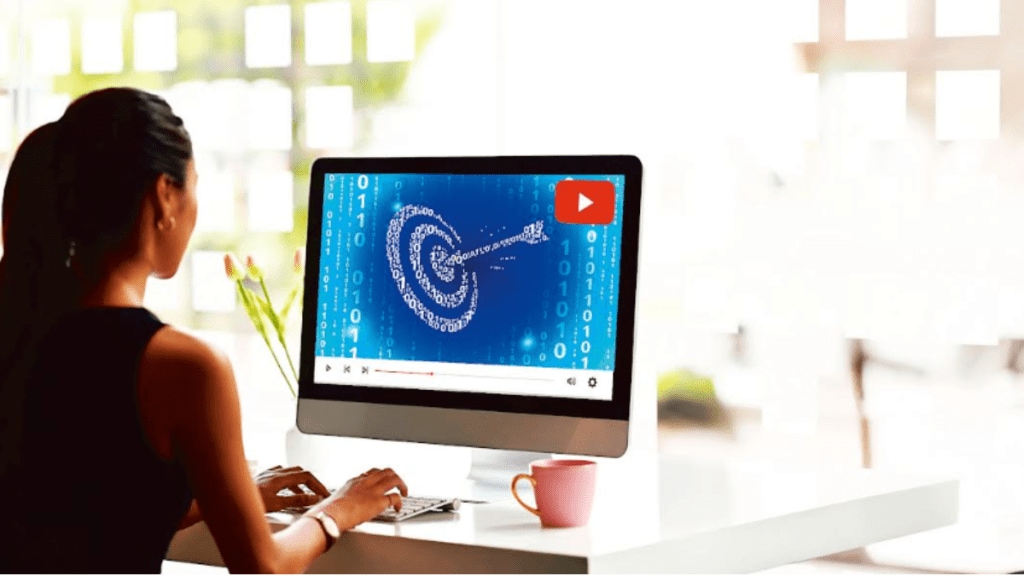At its annual Brandcast event in Mumbai on Thursday, YouTube unveiled a slew of new features that signal how the platform wants to be seen — not merely as another digital video destination but as India’s “new TV.” Among the rollouts are AI-led tools such as Veo 3 and Peak Points, innovations for connected TV like the Immersive Masthead, and the launch of a Creator Partnerships Hub to connect brands with creators. Most strikingly, the company announced an India-first capability that will allow advertisers to target urban and rural audiences separately, addressing the country’s fragmented demand landscape with precision.
Taken together, these moves underline YouTube’s ambition to be the epicentre of content and commerce, and therefore the platform of choice for advertisers. “This capability does not exist on TV or any other OTT platform in India,” says Shubha Pai, head of brand solutions, Google India, referring to urban–rural targeting. “With rural internet penetration growing faster than urban, brands now have a deliberate way to reach these consumers rather than hoping TV spots land. It’s a made-for-India solution.”
Connected TV
The pitch rests on scale as much as innovation. In April 2025, the average Indian adult spent more than 72 minutes a day on YouTube. Its connected TV footprint reached 75 million people aged 18 and above, with more than half the watch time on content longer than 21 minutes —numbers that start to resemble prime-time television. Shorts, meanwhile, has exploded to 650 million monthly logged-in viewers in India, with viewing on connected TV doubling year-on-year. According to Analytic Edge, YouTube’s ROI for consumer packaged goods in India has been 2.4 times that of linear TV and three times that of OTT platforms between 2021 and 2024.
Pai points out that this shift was not obligatory even until a few years ago. “Five or six years back, when we suggested leading with YouTube during the festive season, traditional advertisers would look at the idea as preposterous,” she recalled. “Today, whether it’s a large FMCG conglomerate or a niche player, brands are pivoting entirely to YouTube.”
For Acko, that pivot translated into 40% year-on-year growth in business while reducing media costs by 82%. Sebamed leaned on Shorts-first partnership ads with creators, driving a 2x sales uplift and 20x search lift. Myntra reports that nearly one-fifth of its festive orders came through creator-led content on YouTube.
The fringe is the centre
Industry experts say the shuffling of media spends reflects this momentum. “YouTube is no longer an add-on to television, for many it is the first screen, especially for younger and more digitally influenced audiences,” says Abhinav Singh, founder & CEO of Future Techmates. “For several clients, spends on YouTube have now either matched or even eclipsed TV.”
Splitting urban-rural focus is expected to push this further. “This could be a game-changer,” argues Meher Patel, founder of Hector. “Urban audiences can be reached with aspirational storytelling, while rural audiences can be targeted with affordability-led narratives. Studies already show higher ROI when creatives are localised, and this kind of precision means lower wastage and stronger engagement.” Adds Ekta Dewan, head of marketing, Incuspaze, “This bifurcation enhances efficiency of creative investments, reduces message wastage, and enables brands to align media spend with heterogeneous consumer value pools.”
At the same time, AI is being positioned as central to how campaigns are conceived and executed. Veo 3 allows brands to rapidly produce multiple creative variants across languages and markets; Peak Points, powered by Gemini, identifies moments within content when audiences are most engaged. Swiggy Instamart, for instance, used Veo 3 for its Raksha Bandhan campaign and found its AI-driven creative delivered a 6% more efficient cost-per-acquisition than traditional video formats. “Everything from insighting to creative building to campaign delivery now has AI embedded in it,” Pai says.
The push into connected TV further strengthens YouTube’s “new TV” proposition. Kia India recently integrated QR codes into YouTube’s CTV campaigns for the Seltos, which led to a 3.6x lift in conversion rates compared to standard campaigns. Experts believe this changes the equation. “The living room experience is no longer limited to cable,” Singh says. “YouTube delivers the same large-screen impact but adds interactivity and measurability.”
Yet, scale remains the final frontier. TV still reaches nearly 800 million Indians, compared with YouTube CTV’s 75 million. But the direction of travel is clear. GroupM forecasts digital will account for 52% of India’s ad spend in 2024, ahead of TV’s 36%. As Patel puts it, “India is at a tipping point. While TV’s reach is unmatched, YouTube is redefining efficiency, segmentation, and engagement.”


